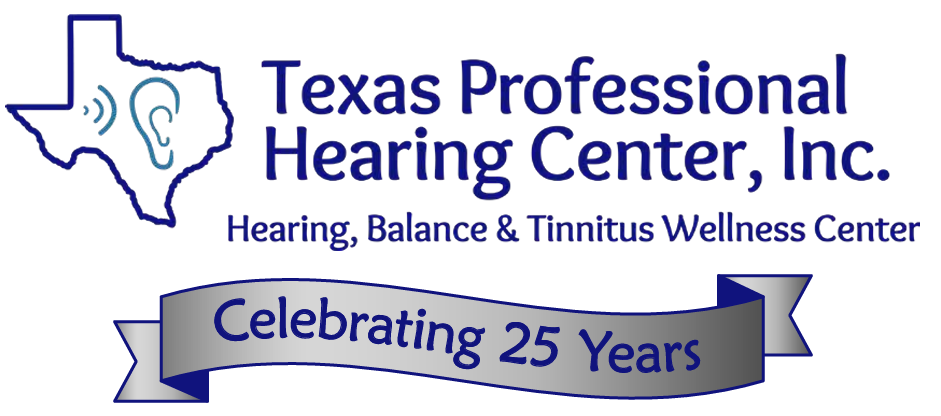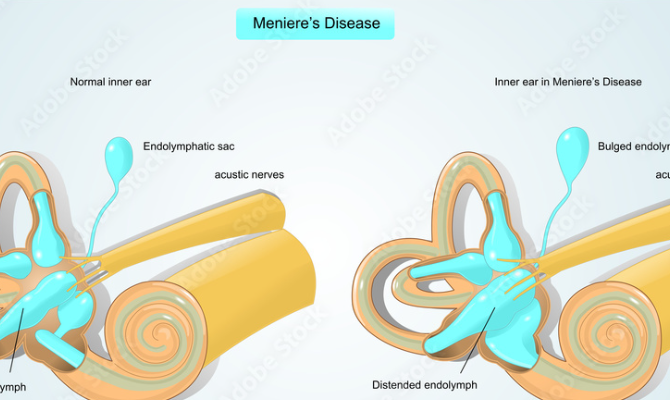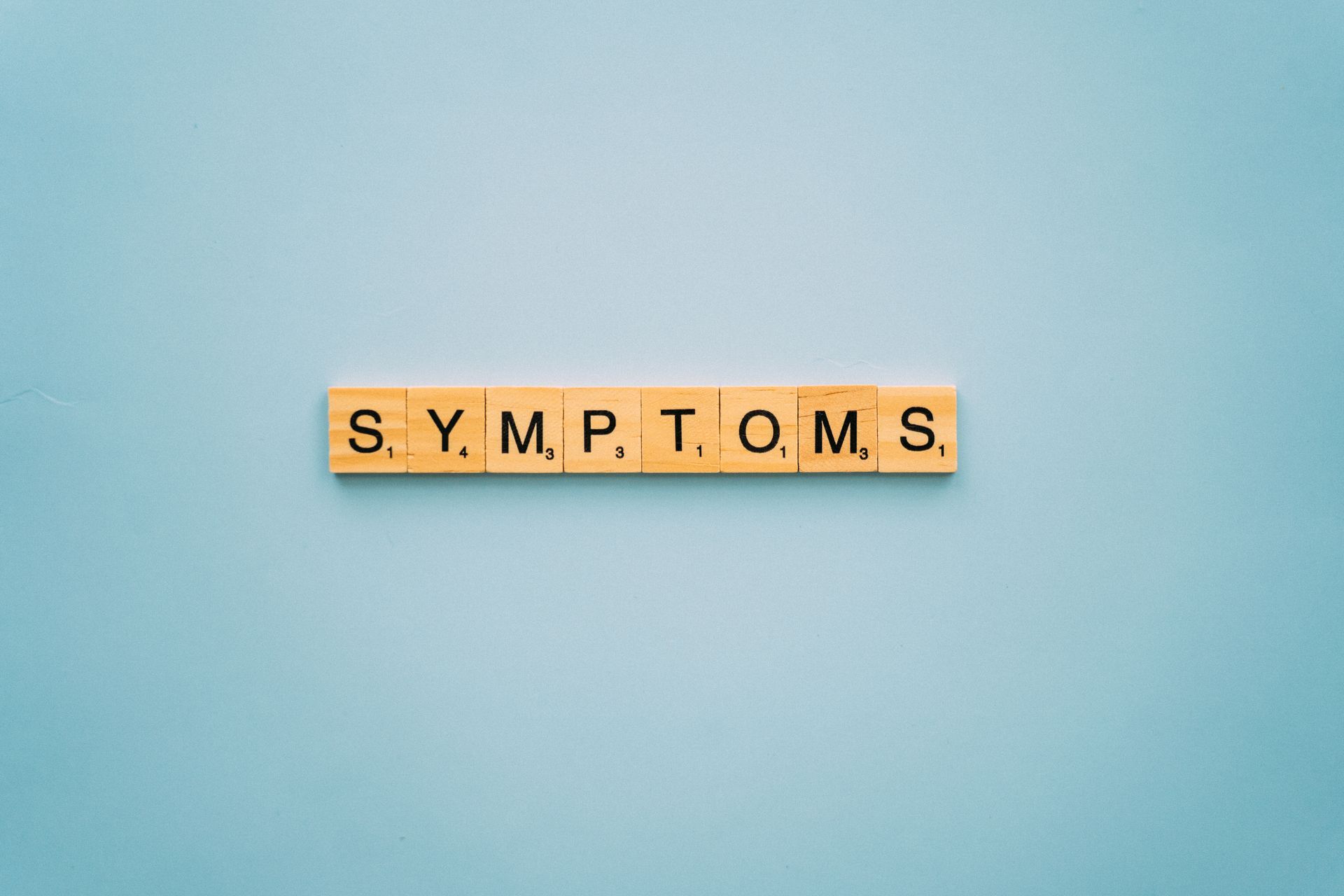Dizziness and balance conditions can disrupt your everyday life, but it’s important to remember that help is at hand. Our team is committed to aiding you in your journey, whether it’s understanding these challenges or treating them effectively. We provide professional care tailored to your needs, employing a range of treatment methods designed to bring stability back into your life.
Explore the various topics below, each one providing a glimpse into how we can assist in managing your dizziness and balance issues. We’re here to guide you towards a steadier, more comfortable future.
Evaluating & Treating
Problems with the equilibrium system can result in dizziness, vertigo, and imbalance. The equilibrium system is very complex and cannot be directly observed. To truly understand a patient’s equilibrium, a number of sophisticated tests must be performed, correlated, and compared.
Balance disorders are often accompanied by changes in hearing and/or ear function. These changes can be acute and hardly noticeable by the patient. Vestibular testing will include comprehensive testing of your outer, middle, and inner ears. These tests include audiologic, tympanometry, immittance, and distortion product otoacoustic emission tests.
A number of complex pathways control our equilibrium. A comprehensive vestibular evaluation will include sophisticated measures of these pathways and your central nervous system.
Head Injuries
The Center for Disease Control (CDC) estimates that each year over 20 million children and adults will suffer from concussions, mild traumatic brain injuries (TBI), or head trauma as a result of sports injury, falls, motor vehicle accidents and blunt force trauma. Head impact injuries cause disruption of participation in sports, work, and recreational or just everyday activities. Symptoms associated with head impact trauma may include dizziness, nausea, blurred or double vision, imbalance, hypersensitivity to light, and cognitive impairment.
Expert clinicians at Texas Professional Hearing Center serve as a resource for referring physicians, specialists, athletic trainers, school and professional sports teams. Through a comprehensive evaluation process, TPHC will provide information regarding the patient’s status, progress, and ability to resume work or play. The evaluation protocols represent the most advanced evidence-based studies available from any institution.
Meniere’s Disease
Meniere’s disease is often responsible for episodes of vertigo that heighten in severity over a period of minutes, but last for several hours with a gradual improvement during another period of several hours. Vestibular neuronitis and episodes of labyrinthitis typically present with fairly abrupt onset vertigo (over a period of hours) with resolution of the acute phase over the next several days. Traumatic injuries or vascular infarction of the labyrinth cause a sudden onset of symptoms with a slow recovery from the acute phase over a period of days to weeks, often with residual effects over a period of 12 to 18 months.
Types of Dizziness
Navigating through the world of dizziness can often feel confusing. Here, we’ve broken down the different types into four main categories, each with its unique characteristics.
Visual Dizziness
Eye muscle imbalance and poor vision can make one’s balance worse. The brain relies on information from the eyes to help with balance. Car sickness or sea sickness are types of visual dizziness because the eyes are constantly adjusting to a moving visual field and confuses the balance part of the brain. This can lead to dizziness, nausea, and vomiting.
Inner Ear Dizziness
Half of the inner ear is used for hearing (the cochlea) and the other half is used for balance (the labyrinth). If the labyrinth or the nerve that connects it to the brain is malfunctioning, dizziness can result. Many types of maladies occur in the inner ear to cause dizziness, including Meniere’s disease, labyrinthitis, positional vertigo, and vestibular neuritis, migraine, and tumors of the inner ear nerves. These usually cause imbalance, vertigo (spinning), and nausea. It can also be accompanied by tinnitus and hearing loss if the nearby cochlea is also affected. These diseases will be further explained.
Central Dizziness
Central dizziness is caused by problems in the balance portion of the brain. Anytime this portion of the brain is not working properly, dizziness can occur. Symptoms usually include lightheadedness, disorientation, imbalance, and sometimes even blacking out. Causes of central dizziness include low blood sugar, low blood pressure to the brain, strokes, multiple sclerosis, migraine headaches, head injury, tumors, and the aging process, among others. Treating these types of dizziness usually involves treating the problem which is causing the brain to malfunction.
Muscle-Joint Dizziness
This type of dizziness is uncommon. If the muscles, joints or touch sensors of the limbs are not working well, it becomes difficult for the body to react to motion and makes it difficult to remain upright. Causes of muscle-joint dizziness include muscular dystrophy, severe diabetes, arthritis, joint replacements, and injuries. Symptoms are usually imbalance and unsteadiness.
Typical Symptoms
Here are some common symptoms and complaints from dizziness, vertigo, and balance issues, ranging from blurry vision and unsteadiness to confusion and suspected fall risk. By familiarizing yourself with these potential indicators, you’ll be better equipped to communicate your experiences and concerns. Remember, each symptom is a piece of the puzzle in your journey towards improved balance and stability. We’re here to help interpret these signs and guide you through the path to recovery.
Muscle-Joint Dizziness
- Dizziness, vertigo, and balance disorders
- Blurry vision
- Spinning (vertigo)
- Imbalance
- Unsteadiness
- Lightheadedness
- Staggering
- Disorientation
- Weakness
- Instability, disequilibrium or frequent falls
- Suspected fall risk
- Motion intolerant / sickness
- Fainting
- Confusion
- Sudden or ongoing dizziness or vertigo
- Sudden history of dizziness or vertigo leading to a fall







